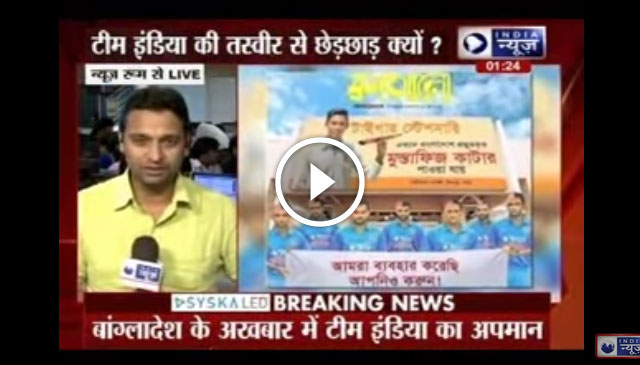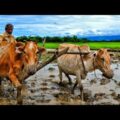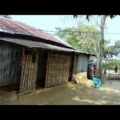(23 Dec 2021) Indian villagers of Oting remain haunted by events earlier this month, when more than a dozen civilians and a soldier were killed in a series of attacks in the northeastern Indian state of Nagaland.
Twelve men, most of them coal miners, were from Oting village.
The violence, among the deadliest to hit the state in recent years, sparked national anger and headlines -– and left Oting reeling with shock and grief.
“Even Christmas will bring no joy,” said Among, a 50-year-old Christian woman in the village.
This part of India is long accustomed to pain.
The people here are Nagas, a minority group more ethnically tied to Myanmar and China than to India.
Over 90% of the state’s more than 1.9 million people are Christian — a striking contrast in a Hindu-majority country.
For decades, militant Nagas have fought a battle for independence from India, and there are few families that have not suffered from the violence.
In Oting, many work as farmers, except for during the lean season from November to March as the rains subside.
During that time, they labor in open-pit coal mines.
It is a backbreaking work.
The money earned is often used to pay for school for their children, but when December comes, it’s all about Christmas.
On Saturday, Dec. 4, Shomwang, a villager, set off from Oting with food to give to the people working in his coal mine.
On his way back home, he was joined by seven miners on his truck who wanted to be back in the village for the Sunday church service.
Their vehicle had barely left the mine when it was ambushed by Indian soldiers.
Bullets began raining down, killing Shomwang and five others.
Two remain hospitalized.
Back in Oting, the villagers heard the shooting but dismissed it as a gunfight between soldiers and Naga fighters or between rival Naga factions.
But when night fell and no one had seen the laborers, a search party set out.
Soon, they found the truck, empty and bullet-ridden.
Barely 50 meters (150 feet) away, they saw soldiers on four trucks, one of them carrying the dead bodies of their brothers, sons and friends piled like animal carcasses on top of one another.
Enraged, they set three military vehicles on fire.
The soldiers retaliated by shooting not just at the crowd, but also at stalls and shops about a kilometer (half a mile) away.
By the time the last bullet was fired, 13 civilians in total and one soldier had been killed. Several were injured.
The violence continued the next day, when protesters attacked an army camp, prompting soldiers to shoot, killing one more civilian.
The army said the soldiers acted on the basis of “credible intelligence” that some of the victims were militants, but expressed regret and called it a case of “mistaken identity,” while the government said it will launch an investigation.
But villagers have rejected this, demanding an independent probe. They have also refused compensation offered by the government.
On a recent Thursday, in a tiny wooden house with mud floors, an 18-year-old girl, Mary Wangshu, is mourning her brother.
Manpeih was the family’s only son and was pampered at home.
The siblings worked in the coal mines, and were the only ones living in the family house with their parents. “I miss him,” she said.
“He was my only companion at home after everyone moved away.”
Outside, her mother, Awat, is surrounded by neighbors who try to distract her -– once, she even tries to laugh.
Yet they’re all interconnected, and have been, for generations.
Find out more about AP Archive: http://www.aparchive.com/HowWeWork
Twitter: https://twitter.com/AP_Archive
Facebook: https://www.facebook.com/APArchives
Instagram: https://www.instagram.com/APNews/
You can license this story through AP Archive: http://www.aparchive.com/metadata/youtube/4fd12f543c324b0c8724a6a78cc374ae








